Part 1: The Rosa - Let's Get Physical
I really love my new hobby of studying plants. Roses have always been my favourite flower to study as they are featured in so many fairy tales. Known collectively as the Rosa species, roses come in many different sizes and shapes and are known for their herbal properties. I'm going to highlight some of the interesting facts that I have learnt about roses and their physical, mythical, spiritual and herbal properties.
Today I don't have as much time as I would like to touch on all the amazing qualities of Roses so this will be the first of a four-part series, dedicated to roses and their amazing characteristics.
Part 1: The Rosa Species and their Fascinating Differences and Similarities
(A look at the physical aspects of the rose plant)
Let's start first with Eglantine Gall, also knowns as Rosa Canina. Eglantine Gall is a seasonal shrub plant that can grow up to 5 metres tall. Sometimes, with the help of neighbouring trees, it can even grow higher and overwhelm the tree it clings to. Its stem has tiny sharped hooked prickles that help it to climb the bark of trees and its leaves are pinnate, featuring 5–7 leaflets.
The beautiful Flowers of the Eglantine Gall can range from soft pale pink to a deep pink or a pure white. They are usually about 4 to 6 centimetres in diameter and feature five tender petals, that will over time, mature into an oval fruit, roughly 2 centimetres in length. The fruit is a red-orange berry and is often called the "hip".
If you compare this beautiful and delicate Eglantine Gall Flower with the Roses that we commonly know as the bouquet of affection:
You would never think they were related, which is why I find the Rosa Species so fascinating! Now let's look at the variation of Rosa is most commonly known:
The Garden Roses
The term "Garden Rose" is a blanket term for the most popularly cultivated rose. These roses are actually hybrid roses which were grown as ornamental plants for private or public gardens.
A lot of these garden roses were grown mainly because they featured such beautiful flowers, however, some were specifically cultivated for their beautiful ornamental fruit or to provide additional ground cover. The shrub variations were also not forgotten as they were known to be cultivated as hedging for the garden itself.
Here are some very beautiful rose hybrids which are very popularly cultivated today:
Damask roses:
Portland roses:
China roses:
Tea Rose:
One of the fascinating aspects of the Rosa plant is it's fruit, called the "hip". Often when receiving a bouquet of flowers, you don't see any fruit featured amongst the mature blooms. This is because the hybrid flowers have petals cultivated to grow so tightly compact together, that it does not allow for easy pollination of the flowers.
If the petals fan out enough to allow for pollination, this is what the flower looks like with its tiny seeds in germination:
Longitudinal section of a developing rose hip
Rosa Lucida
The above illustration of the rose plant "Rosa Lucida" is a great example of a rose that is accessible for pollination, as well as the hip that is produced once the flower matures. I love these old illustrations of plants as it makes me think of the many great explorers that came before me, who were also fascinated by the rose and endeavoured to capture its likeness. One day I too hope to create a book dedicated to illustrations of Flora and Fauna.
Here are a few other commonly seen attributes of the Rose Plants in general:
Rose Buds:
Rose Prickles:
Rose Leaflets
This ends Part 1 of The Rosa, however, this is by no means the end of everything there is to know about Roses! Below I have provided links to where I read about roses so feel free to enjoy further reading on the subject. Let me know what YOUR favourite fact about Roses is in the comment section below!
Check back tomorrow for Part 2 of my Rose series, where I will be talking about some of the things I have learn about Roses and their uses as herbal remedies.
Until tomorrow, I'm your host, Midnight Ai Ai. May your Midnights always be magical, I'll see you in the next time. Bye!
_______________________________________________________
Sources:
- https://en.wikipedia.org/wiki/Rosa_canina
- http://www.cloverleaffarmherbs.com/rose/
Photographs:
- https://pixabay.com
- https://www.pexels.com/photo/two-pink-petaled-flowers-971175/
- https://www.pexels.com/photo/beautiful-beautiful-flowers-bloom-blooming-752892/
- https://pixabay.com/en/r%C3%BCgen-island-thatched-r%C3%BCgen-island-2511875/
- https://pixabay.com/en/rose-flower-portland-1918970/
- https://pixabay.com/en/tea-rose-corolla-caf%C3%A9-book-teapot-1871837/
- https://pixabay.com/en/pink-china-rose-flowers-nature-1345624/
- https://pixabay.com/en/flower-rose-tea-petal-plant-3238579/
- https://en.wikipedia.org/wiki/Rose#/media/File:Rose_hip_02_ies.jpg
- https://www.tumblr.com/search/rose+tea+gif
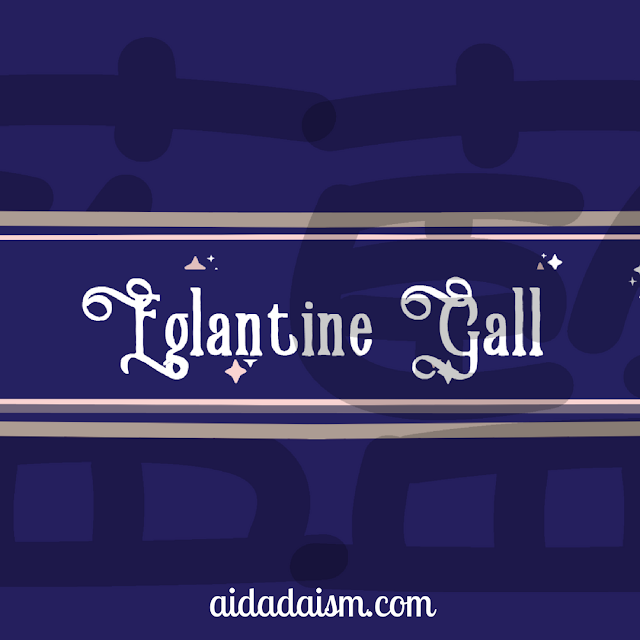
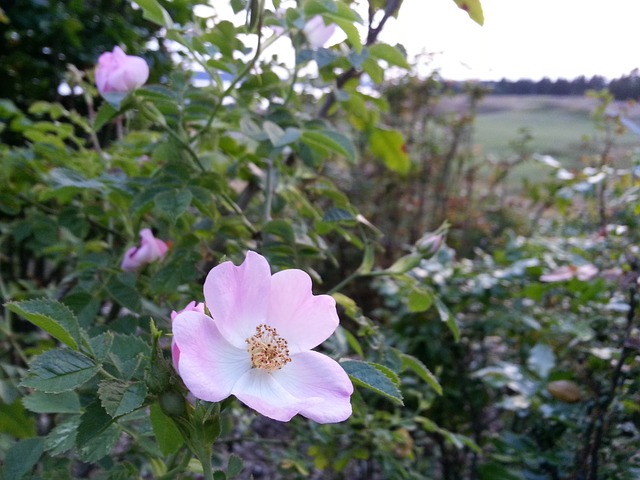
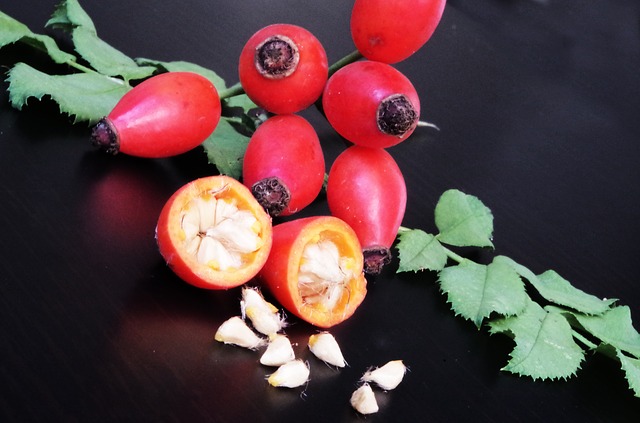
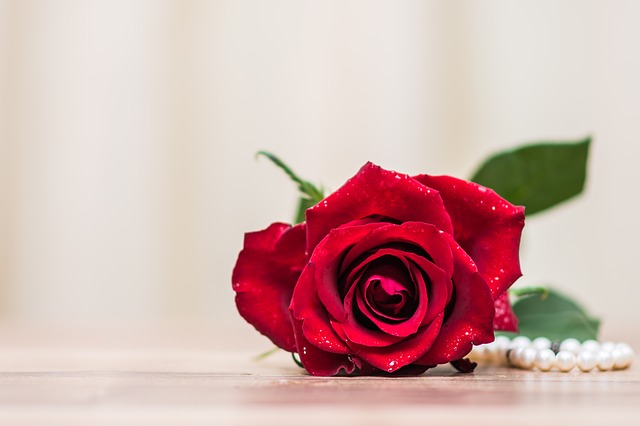
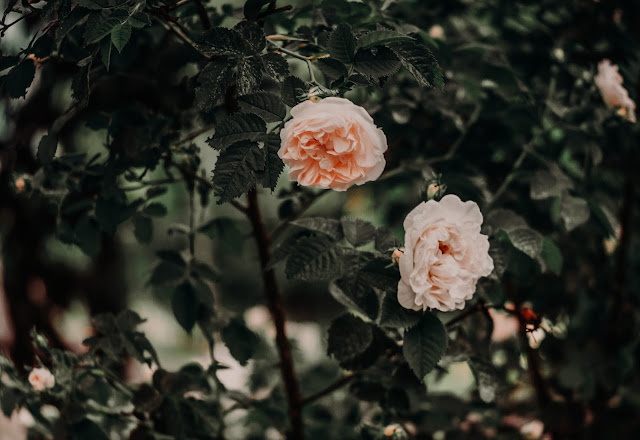




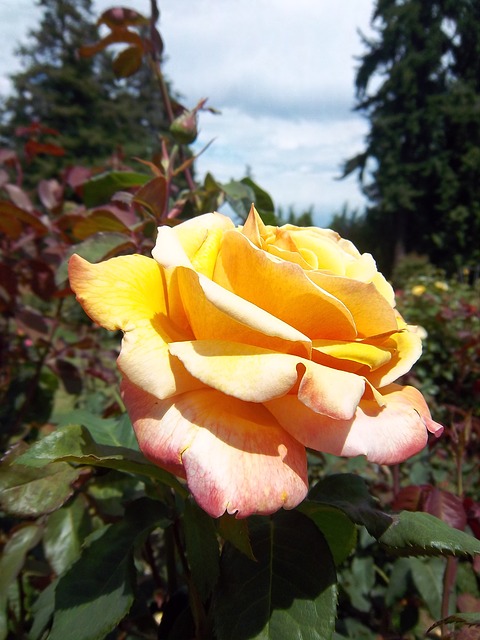


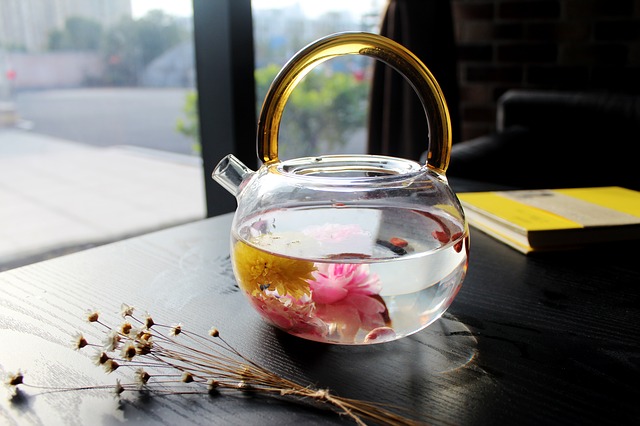




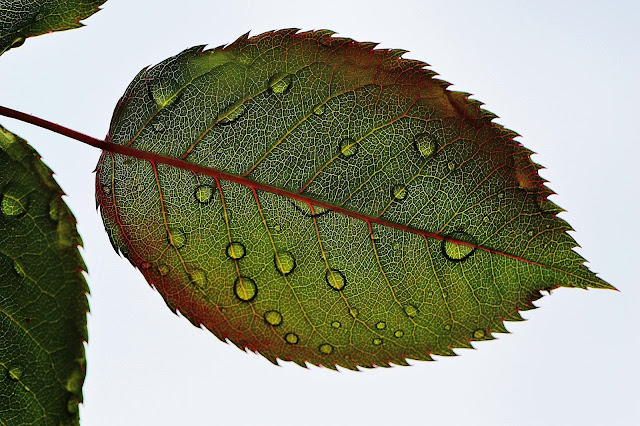


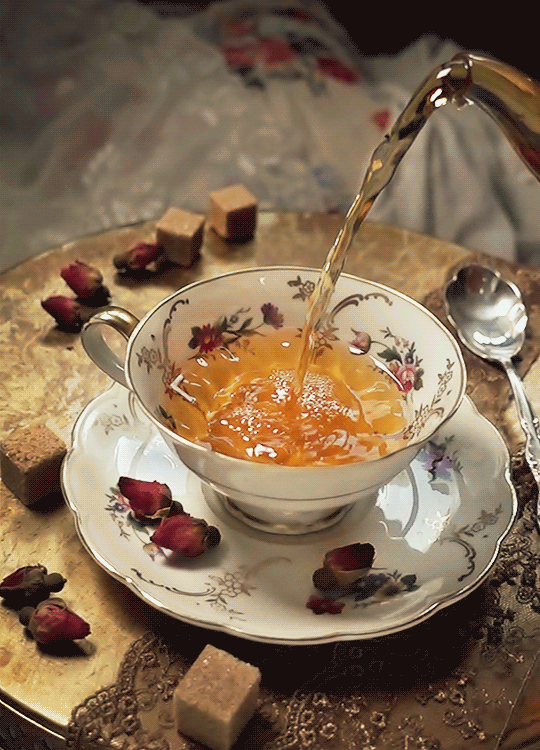
Comments